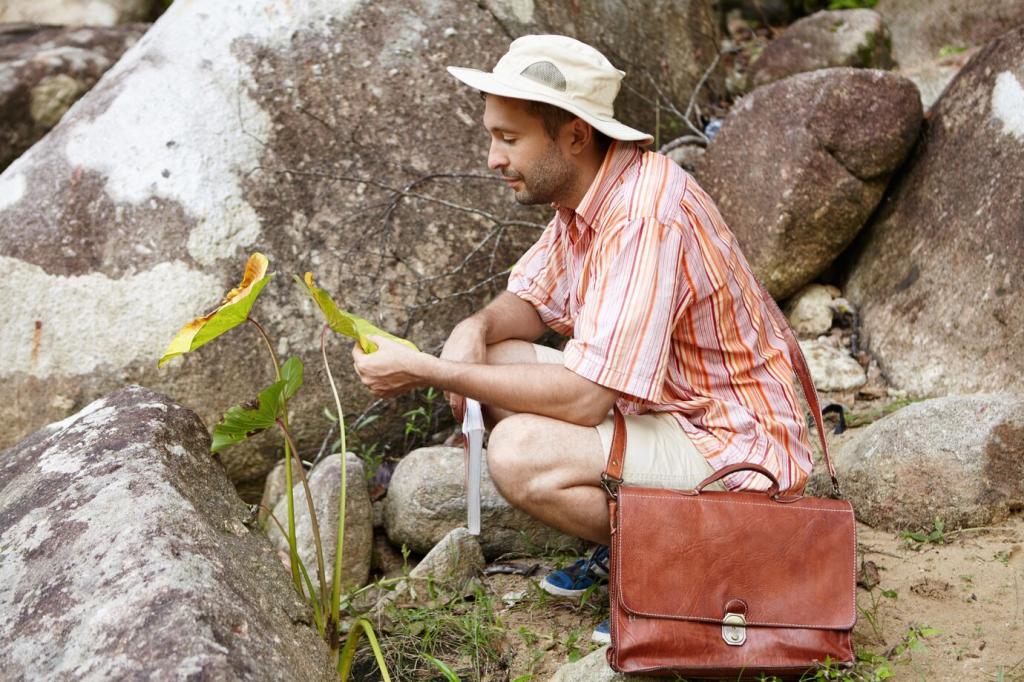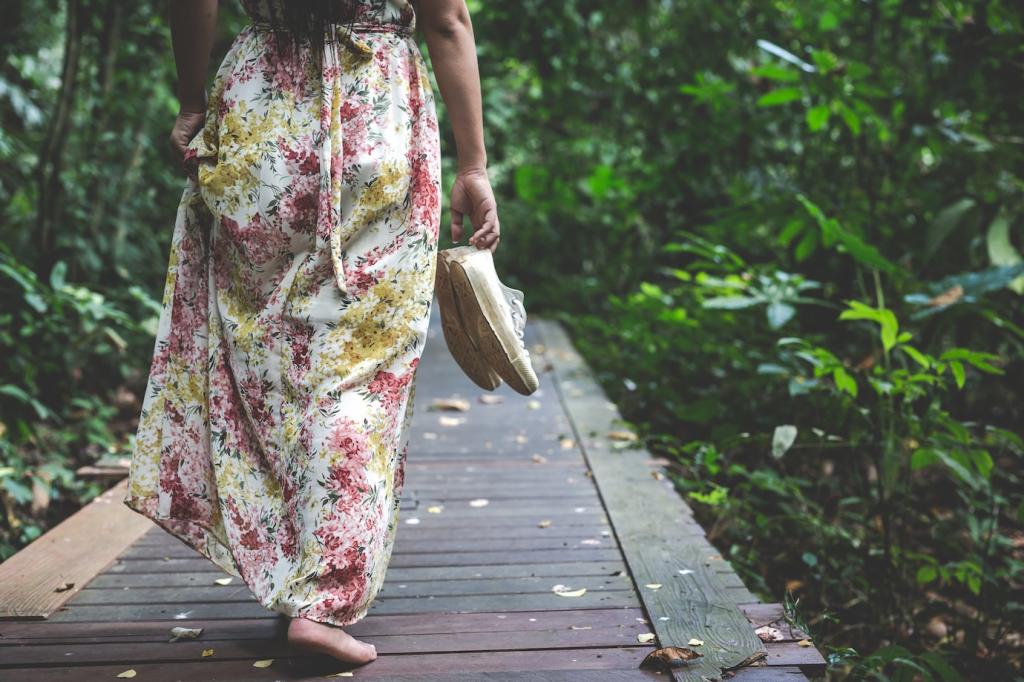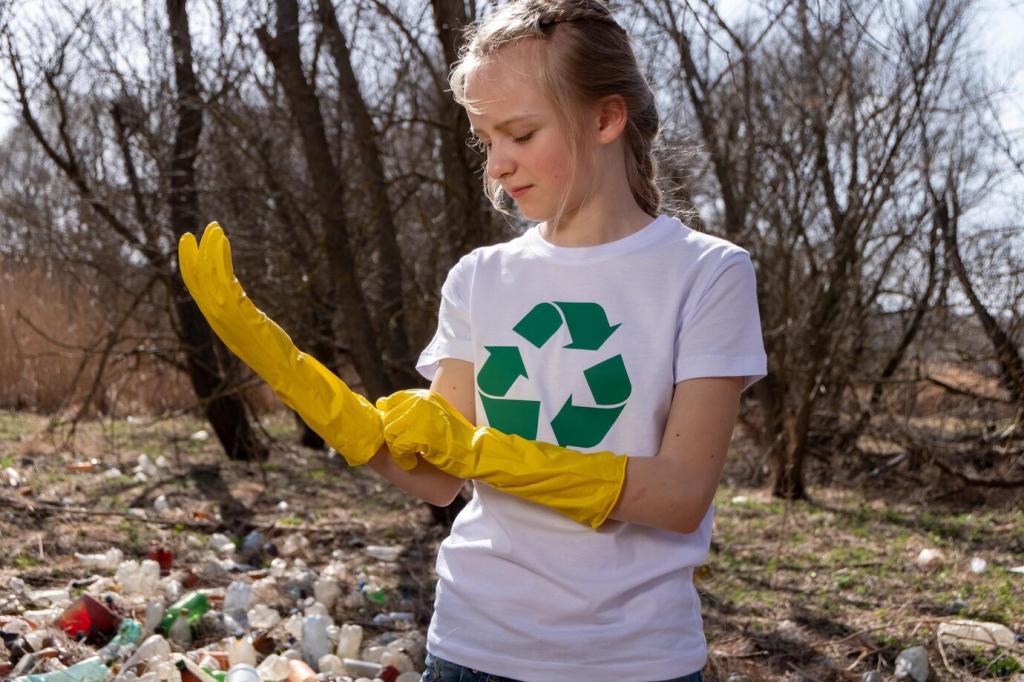This website uses cookies so that we can provide you with the best user experience possible. Cookie information is stored in your browser and performs functions such as recognising you when you return to our website and helping our team to understand which sections of the website you find most interesting and useful.
Sustainable Textiles: The Future of Fabrics
Sustainable textiles are revolutionizing the way we think about fashion and fabrics. With environmental concerns and ethical considerations at the forefront, the industry is rapidly shifting from traditional practices to innovative, eco-friendly approaches. New materials, responsible sourcing, and cutting-edge production methods are shaping the future, making it possible for textiles to be both high-quality and world-conscious. This evolution is driven by a global demand for products that reduce environmental harm, prioritize fair labor, and contribute positively to local communities. As sustainable textiles become more prevalent, they offer not only environmental benefits but also opportunities for economic and social progress across the entire value chain.
The Rise of Eco-Friendly Fabrics
Responsible Sourcing and Ethical Practices

Innovative Technologies Driving Change


Water Conservation in Textile Production
Sustainable Crop Cultivation
Closed-Loop Water Systems
Eco-Friendly Dye and Finish Techniques
Renewable Energy in Textile Mills
Localized Sourcing and Production

The Power of Conscious Consumption

The Rise of Sustainable Fashion Movements


